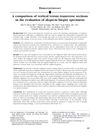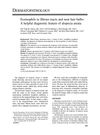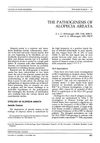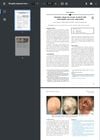Scalp Biopsy and Diagnosis of Common Hair Loss Problems
July 2013
in “
InTech eBooks
”
scalp biopsy scarring alopecias non-scarring alopecias 4-mm punch subcutaneous fat histological examination vertical sections horizontal sections specific staining techniques discoid lupus erythematosus lichen planopilaris alopecia areata peribulbar lymphocytic inflammation telogen hairs androgenetic alopecia terminal to vellus hair ratio
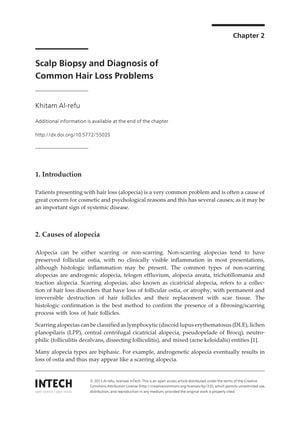
TLDR Scalp biopsy helps tell apart permanent and temporary hair loss types and guides treatment.
In 2013, a document highlighted the role of scalp biopsy in diagnosing hair loss issues, distinguishing between scarring alopecias, which cause permanent follicle damage, and non-scarring alopecias, which do not. The biopsy, typically a 4-mm punch that includes subcutaneous fat, is essential for diagnosing scarring alopecias and can be helpful for non-scarring types when the diagnosis is uncertain. Histological examination, including vertical or horizontal sections and specific staining techniques, is key to identifying conditions like discoid lupus erythematosus and lichen planopilaris, and early treatment is crucial to prevent scarring. For alopecia areata, an autoimmune non-scarring hair loss, diagnostic features include peribulbar lymphocytic inflammation and a high percentage of telogen hairs, with treatments that only reduce hair loss temporarily. Androgenetic alopecia, characterized by patterned hair loss in men and diffuse thinning in women, can be diagnosed with a scalp biopsy showing a terminal to vellus hair ratio of less than 4:1, with a ratio of 3:1 or less being definitively diagnostic.
